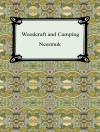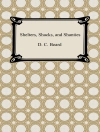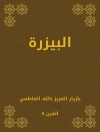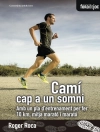Carp are the big game of the inland angler, and in this book 'BB' tells of some of his experiences with this very sporting fish, how they may be caught or at any rate hooked, and what is the particular charm of their pursuit. He has included the fascinating stories of other people who have brought specimen carp to the bank.
BB's readers will know that he was an expert fisherman and that he has, beyond his great technical knowledge and experience, the power to communicate the meditative atmosphere which has accompanied the art since Walton's days. 'Carping' takes place in warm, summer weather and usually in lovely lily-strewn waters. The author's gift of descriptive writing has seldom been better displayed.
First published in 1950, and instantly beloved by fisherman, whether they fish for carp or not, Confessions of a Carp Fisher is a much prized addition to any fishing library.
This reprint features an updated look including new jacket artwork and a foreword by Chris Yates who explains why, half a century after it was first published, BB's advice about carp and carp fishing are as fresh and fascinating as ever.
The illustrations by Denys Watkins-Pitchford are some of the finest examples of his scraperboard art.
Circa l’autore
Denys Watkins-Pitchford, or 'BB' as he is known, was born in 1905. He grew up in Northamptonshire, where he spent many hours out in the open air as ill health prevented him from being sent to boarding school.
He studied art in Paris and at The Royal College of Art in London, and for seventeen years was art master at Rugby School.
He was already illustrating books before he began to write under his pseudonym, 'BB'.
The Sportsman's Bedside Book (1937) was the first to carry these now famous initials, followed by Wild Lone, the Story of the Pytchley Fox (1939) and Manka, The Sky Gypsy, The Story of a Wild Goose (1939). He was awarded the Carnegie Medal for The Little Grey Men (1941), the tale of the last gnomes in England, which established him in the forefront of literature for children. Many titles followed for both adults and children, and his reputation as a naturalist was further enhanced by his contributions to The Field, Country Life and Shooting Times.
He died in 1990.












